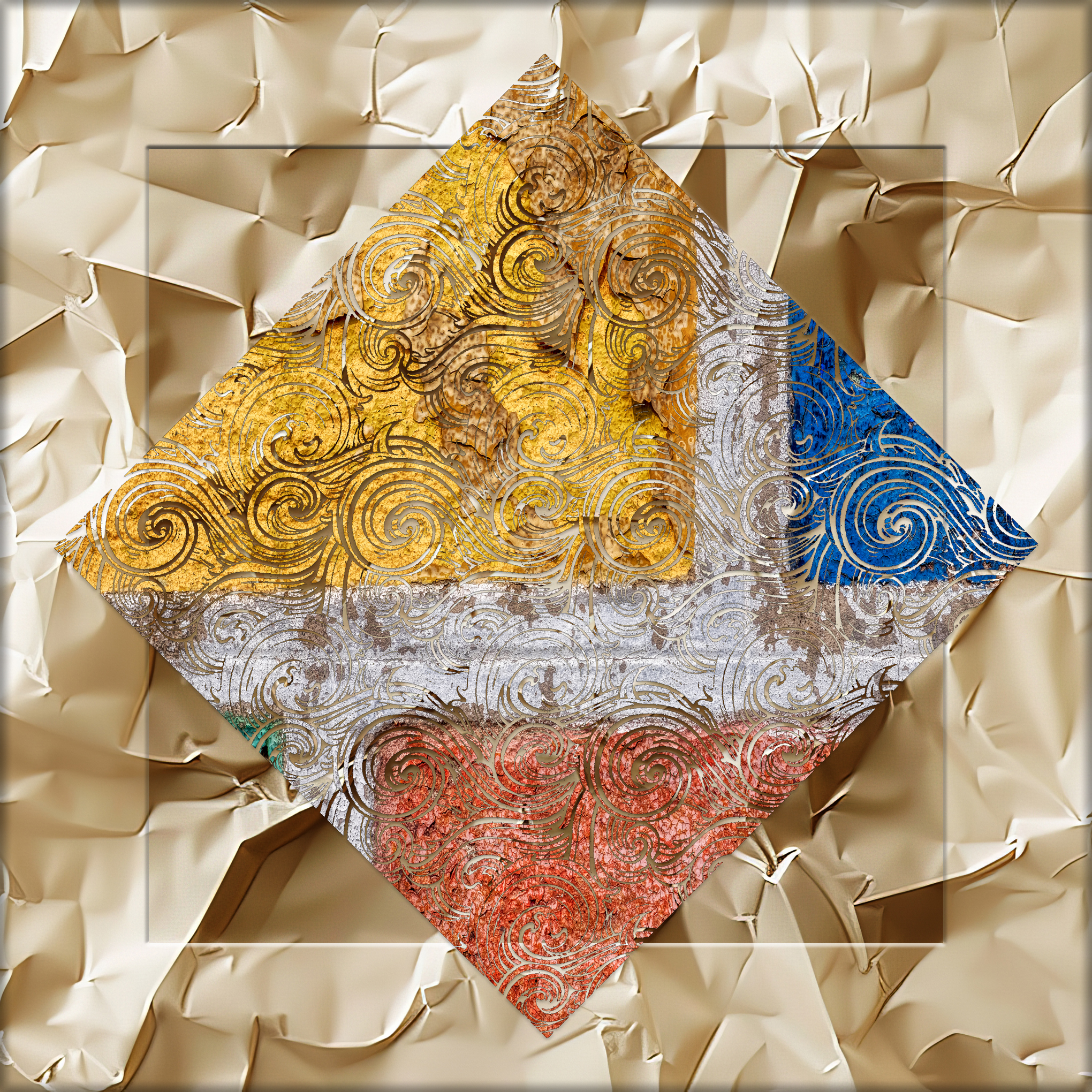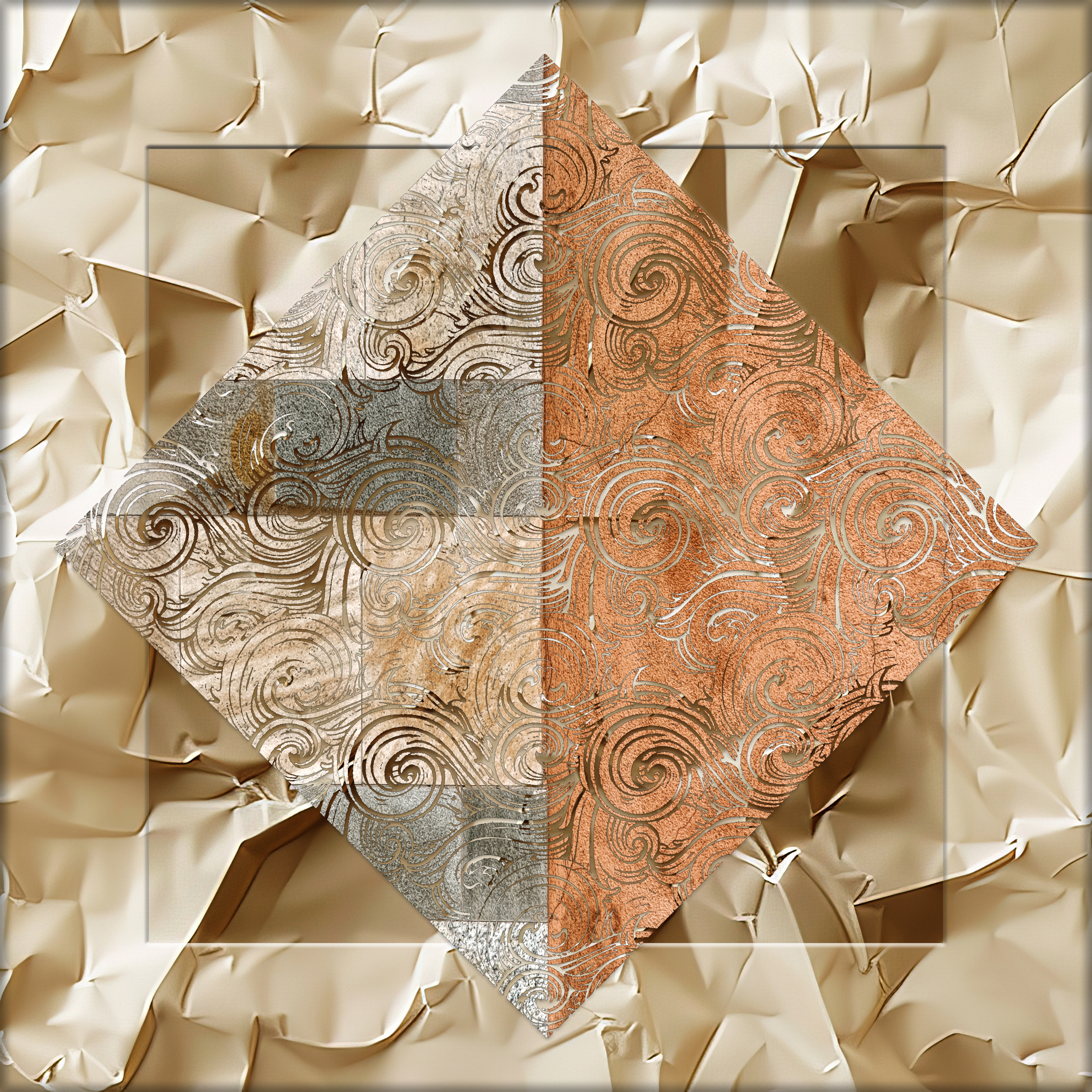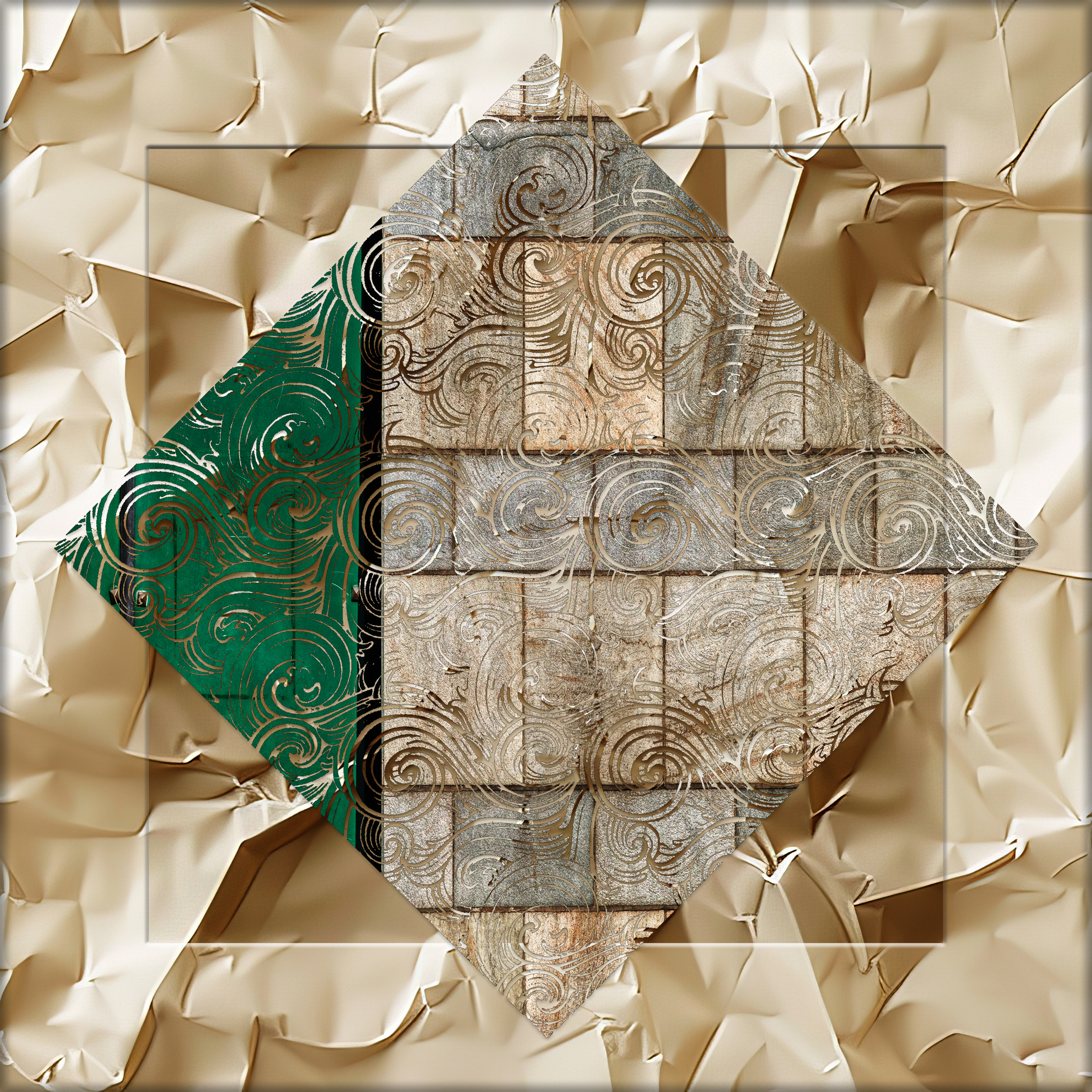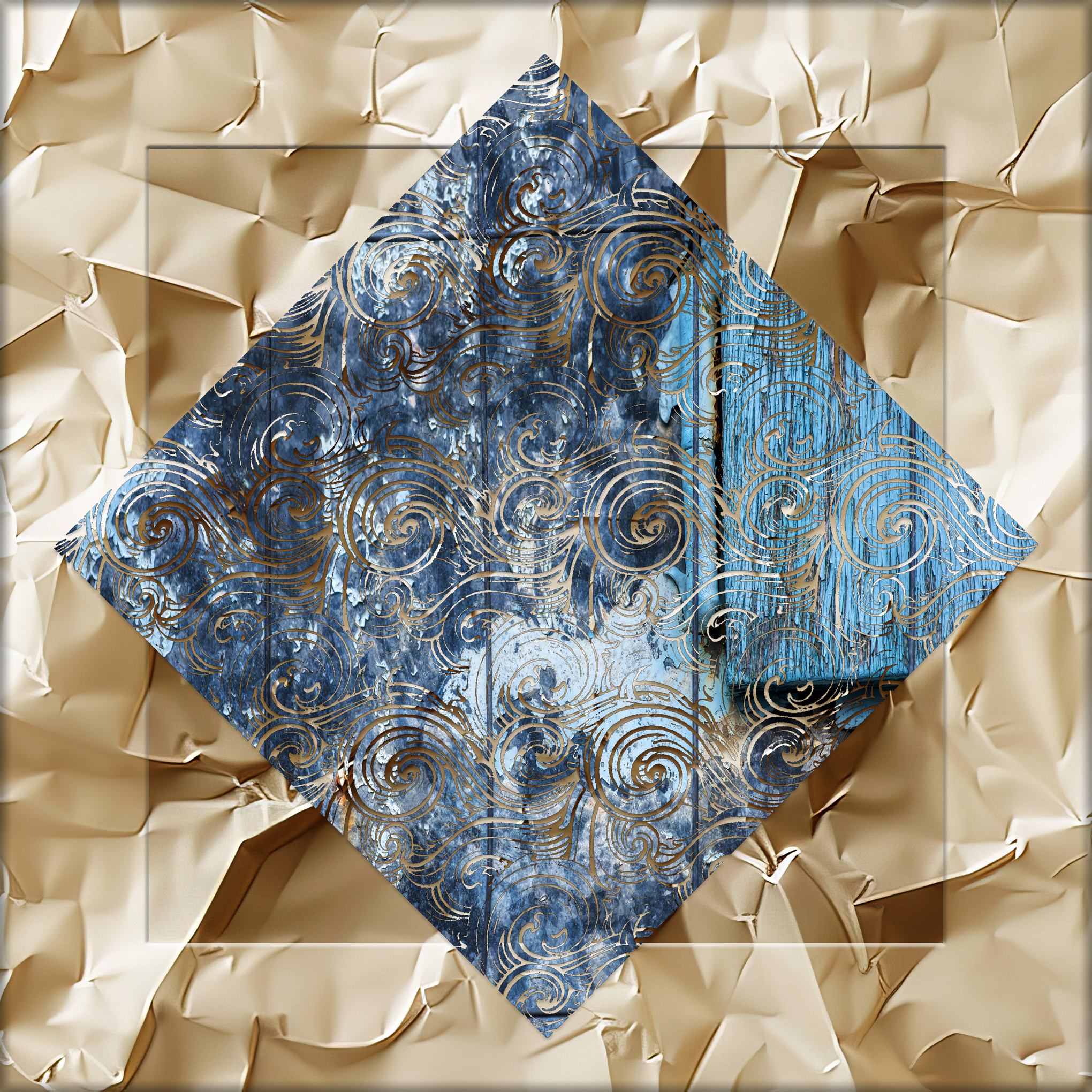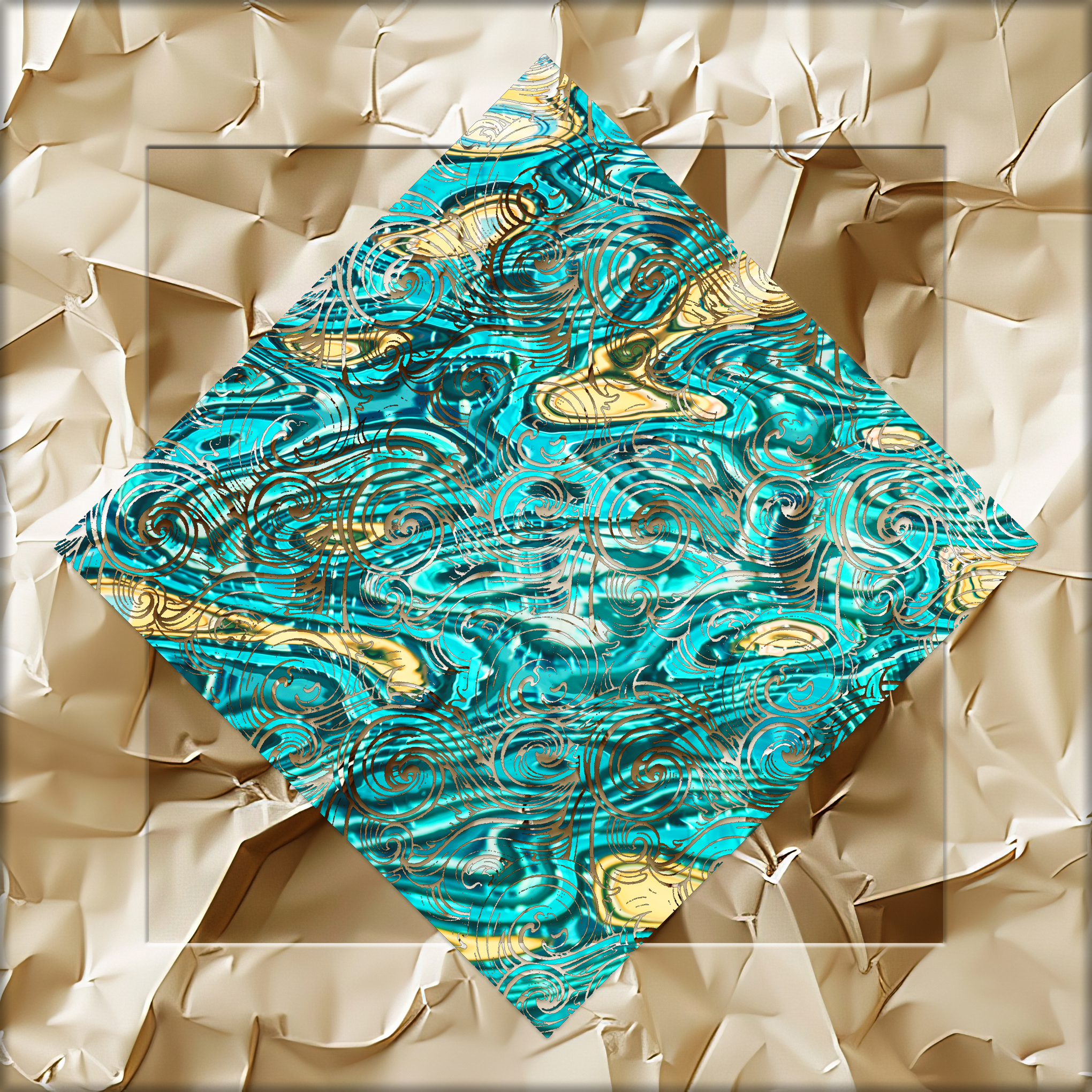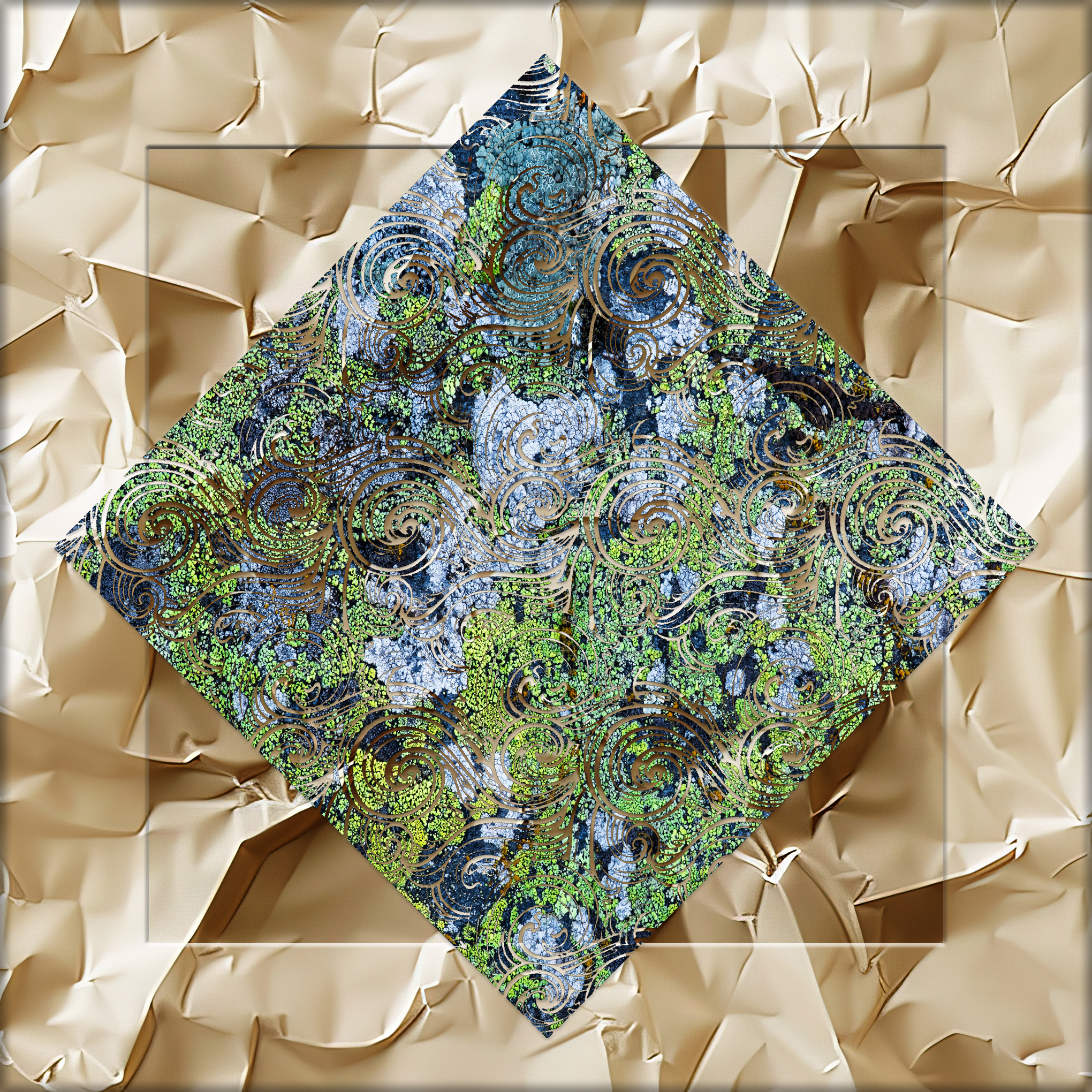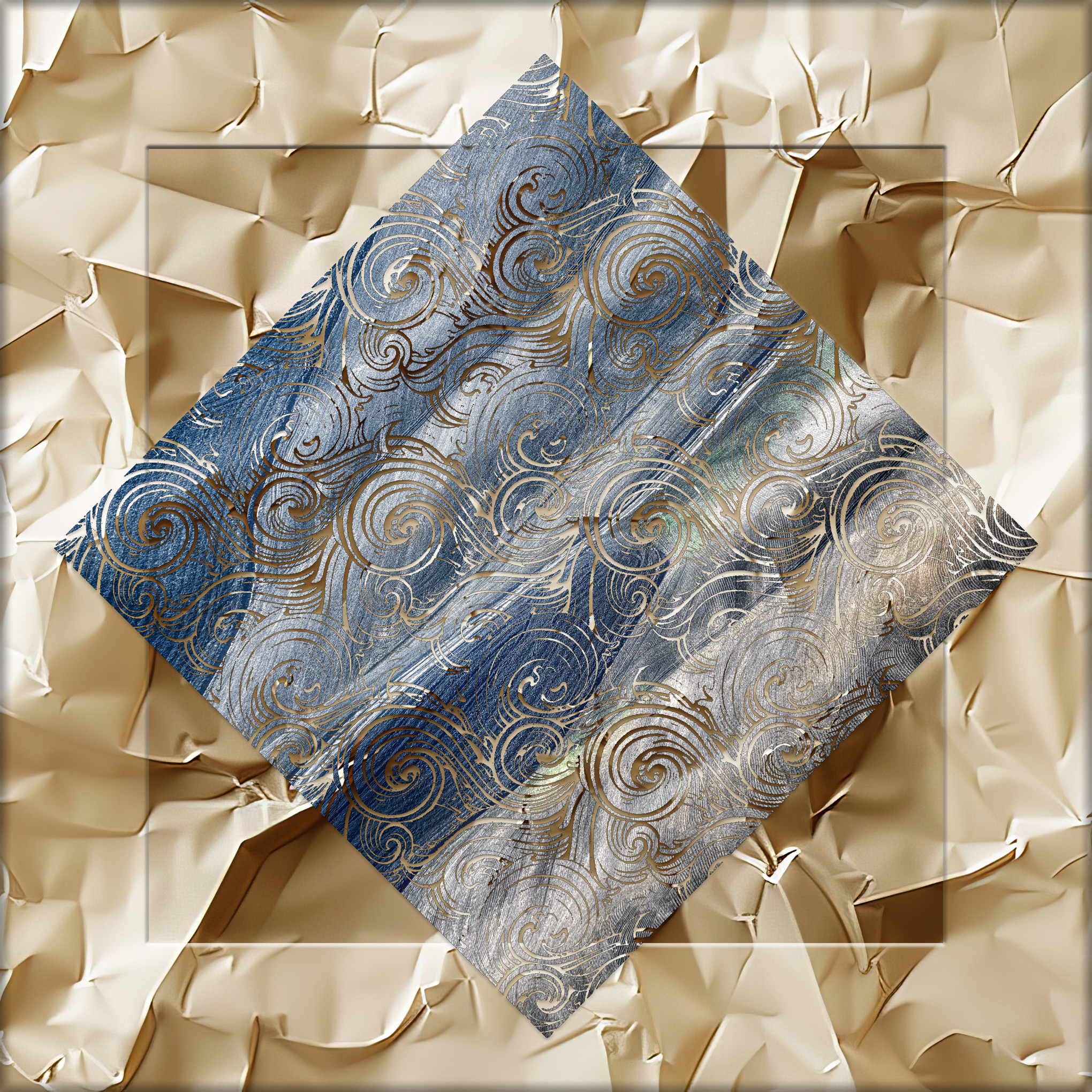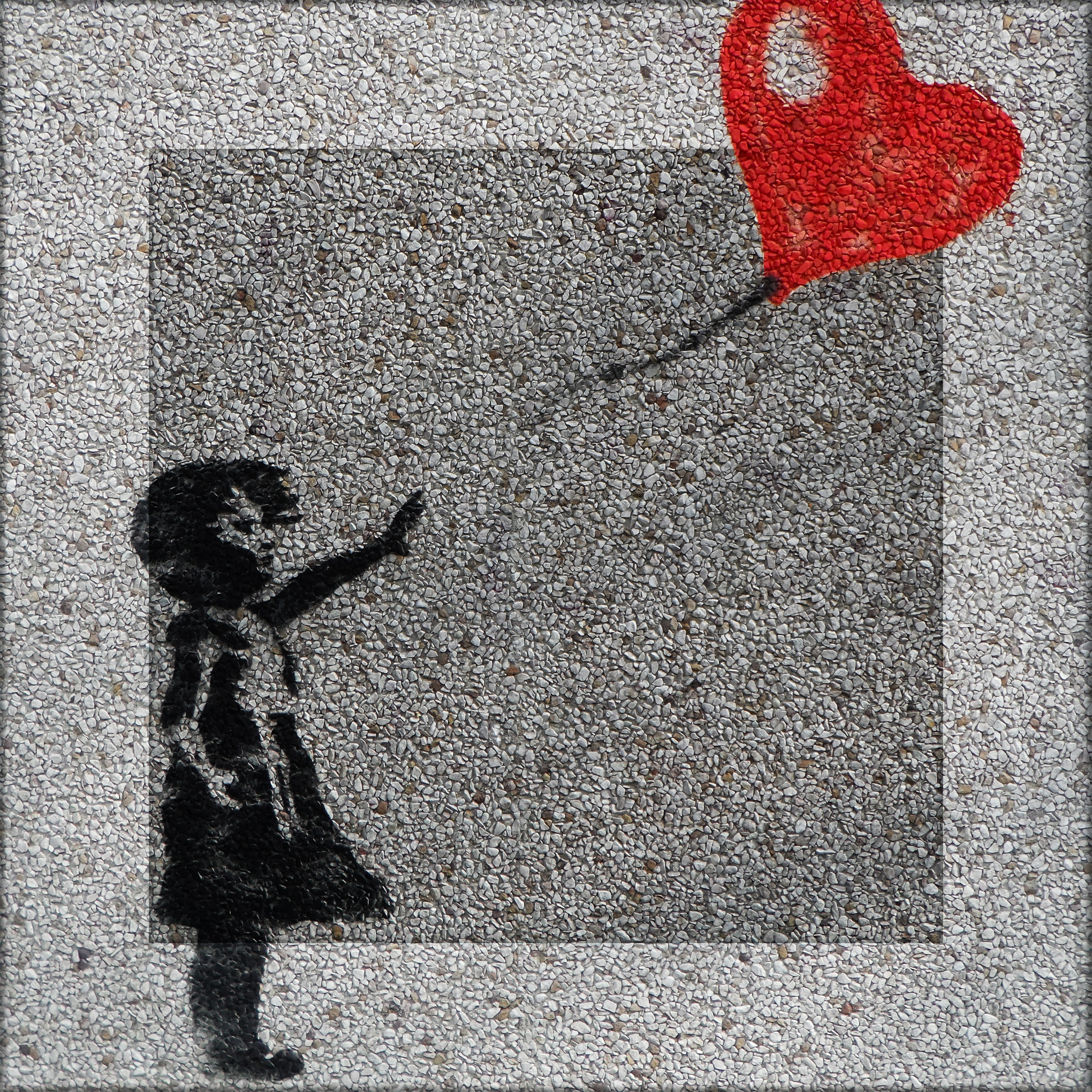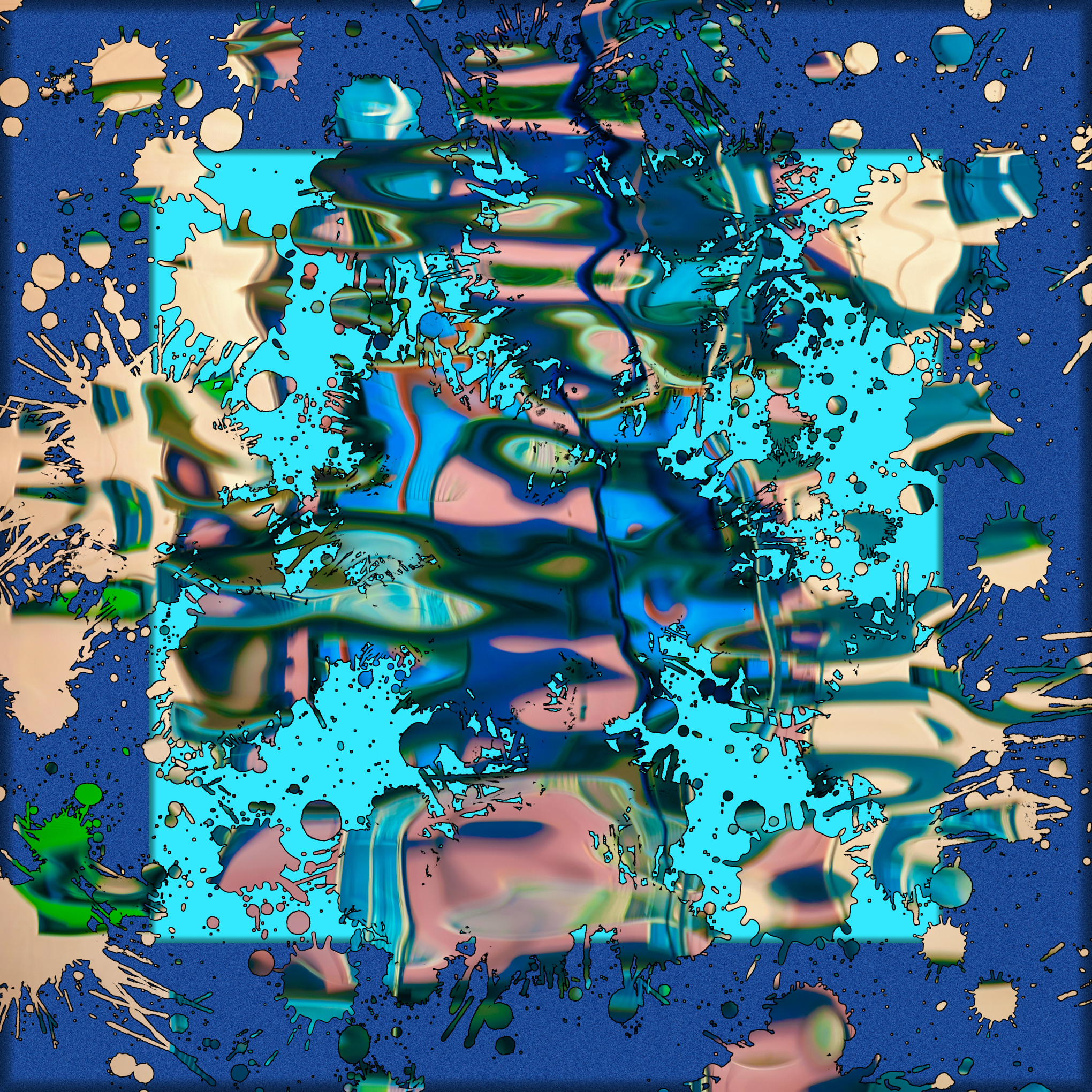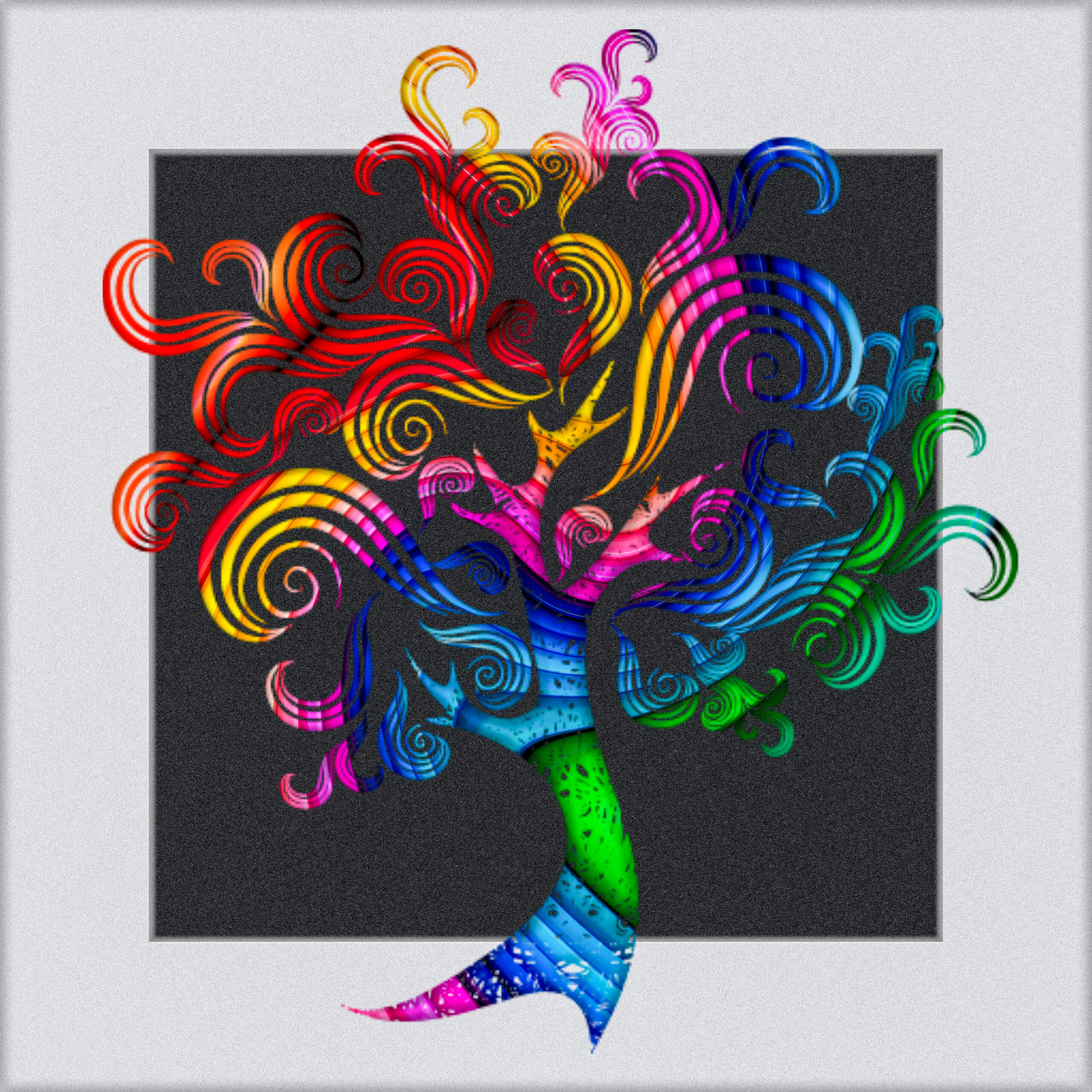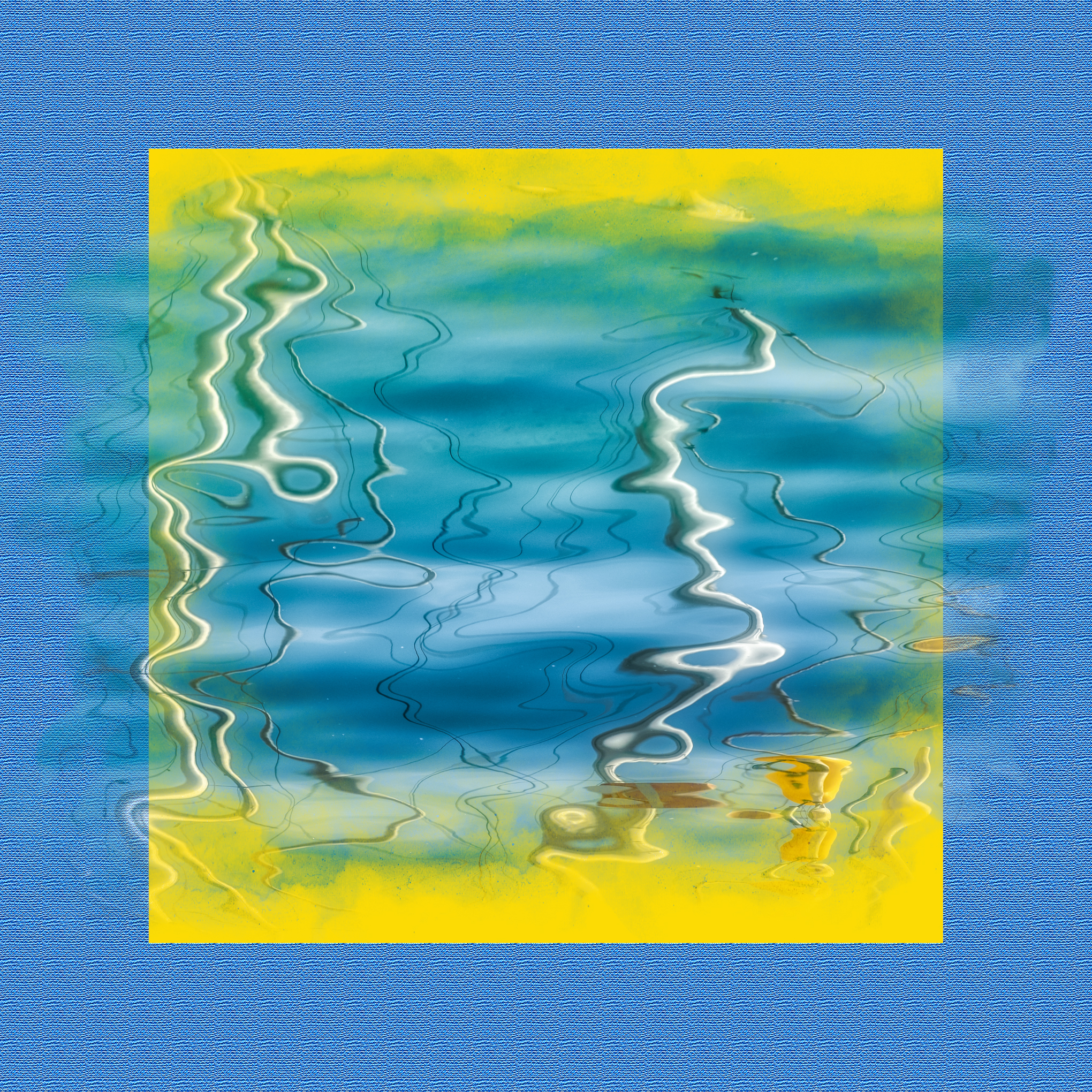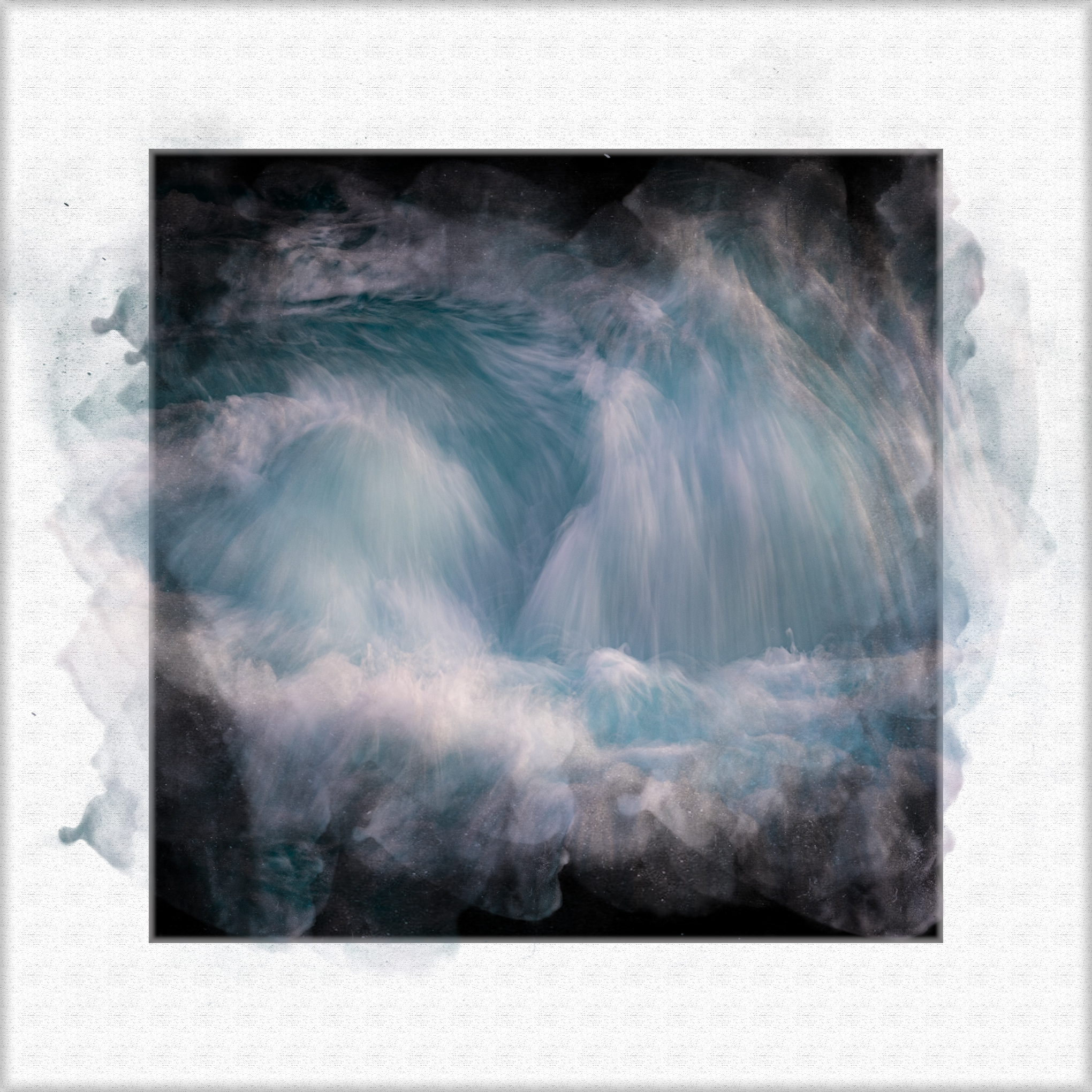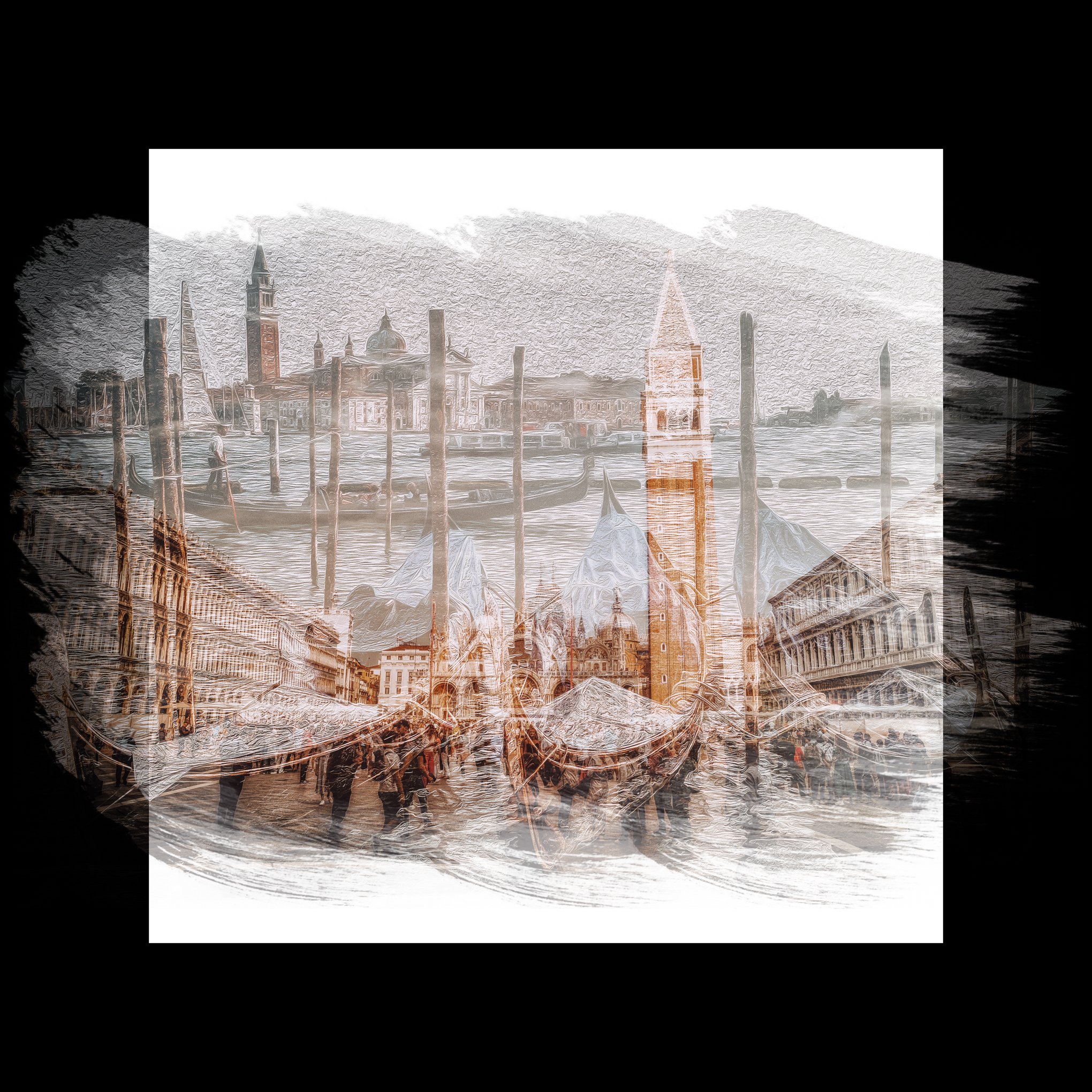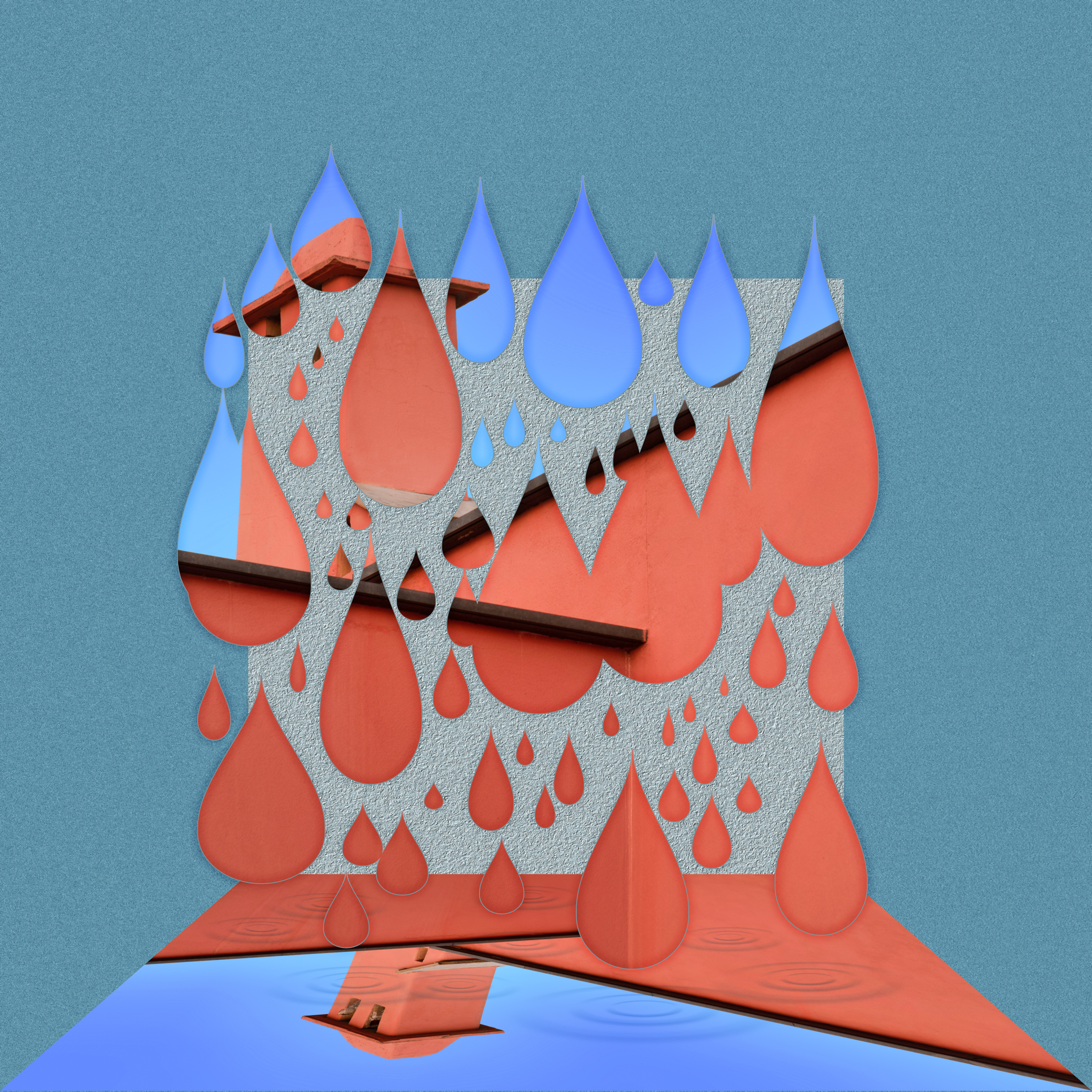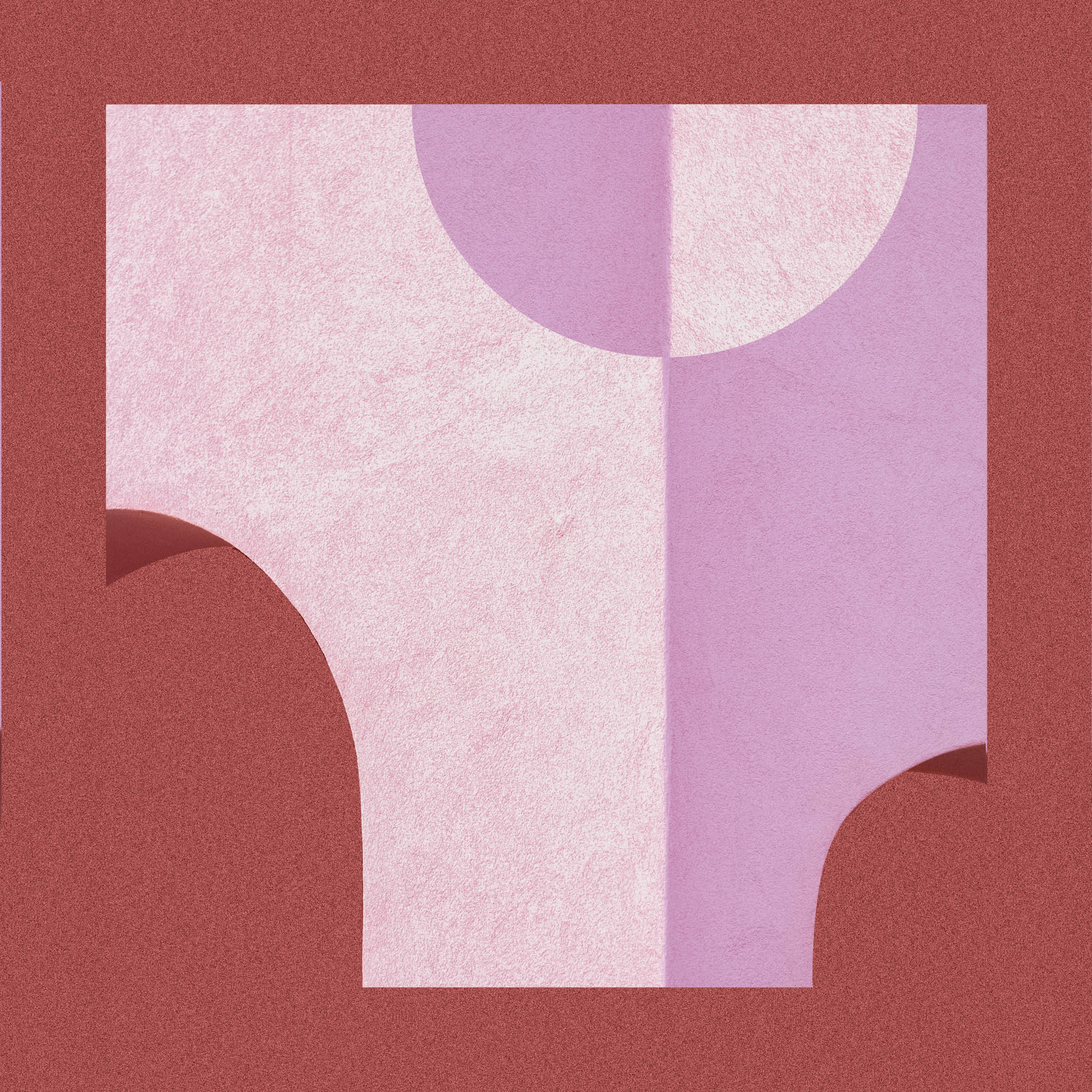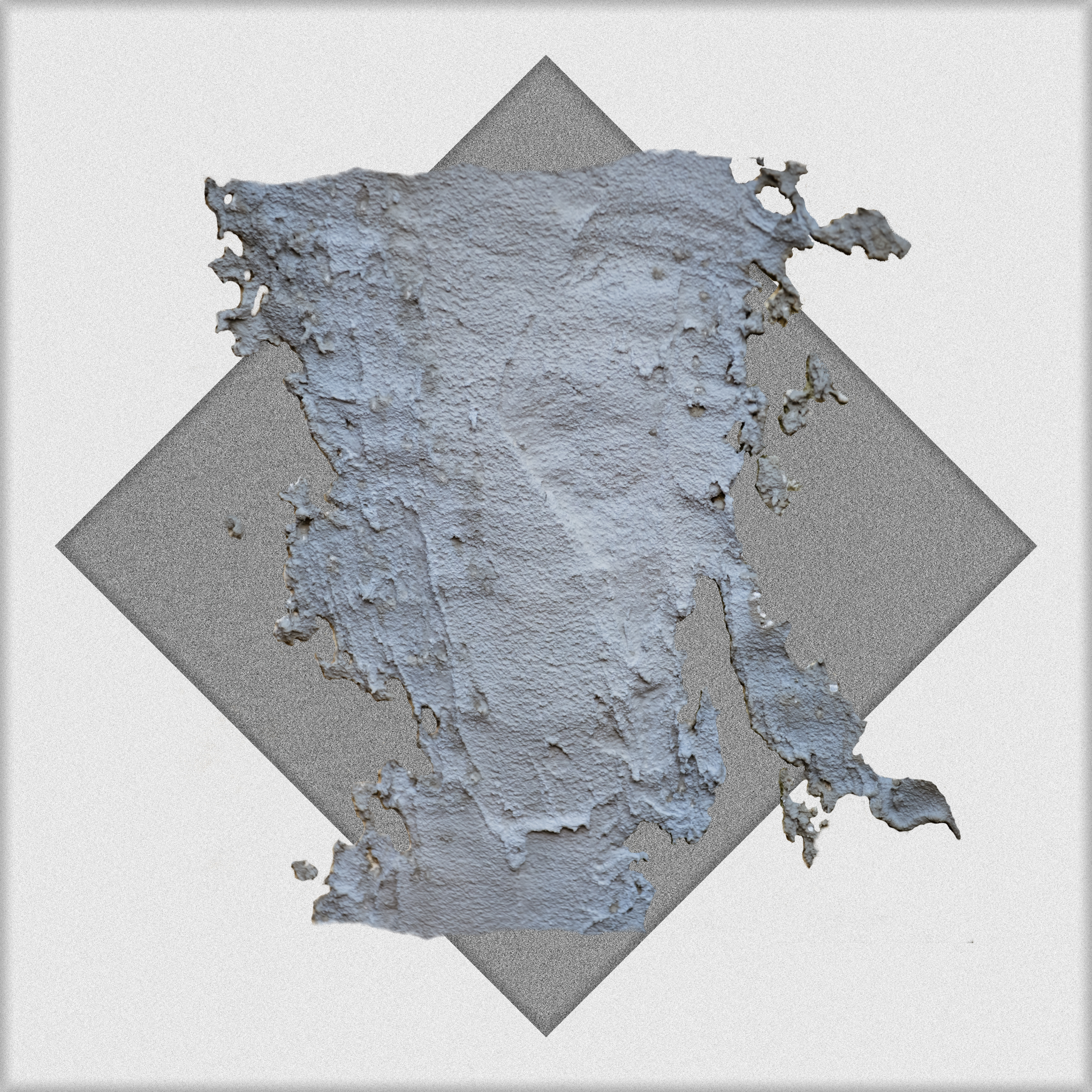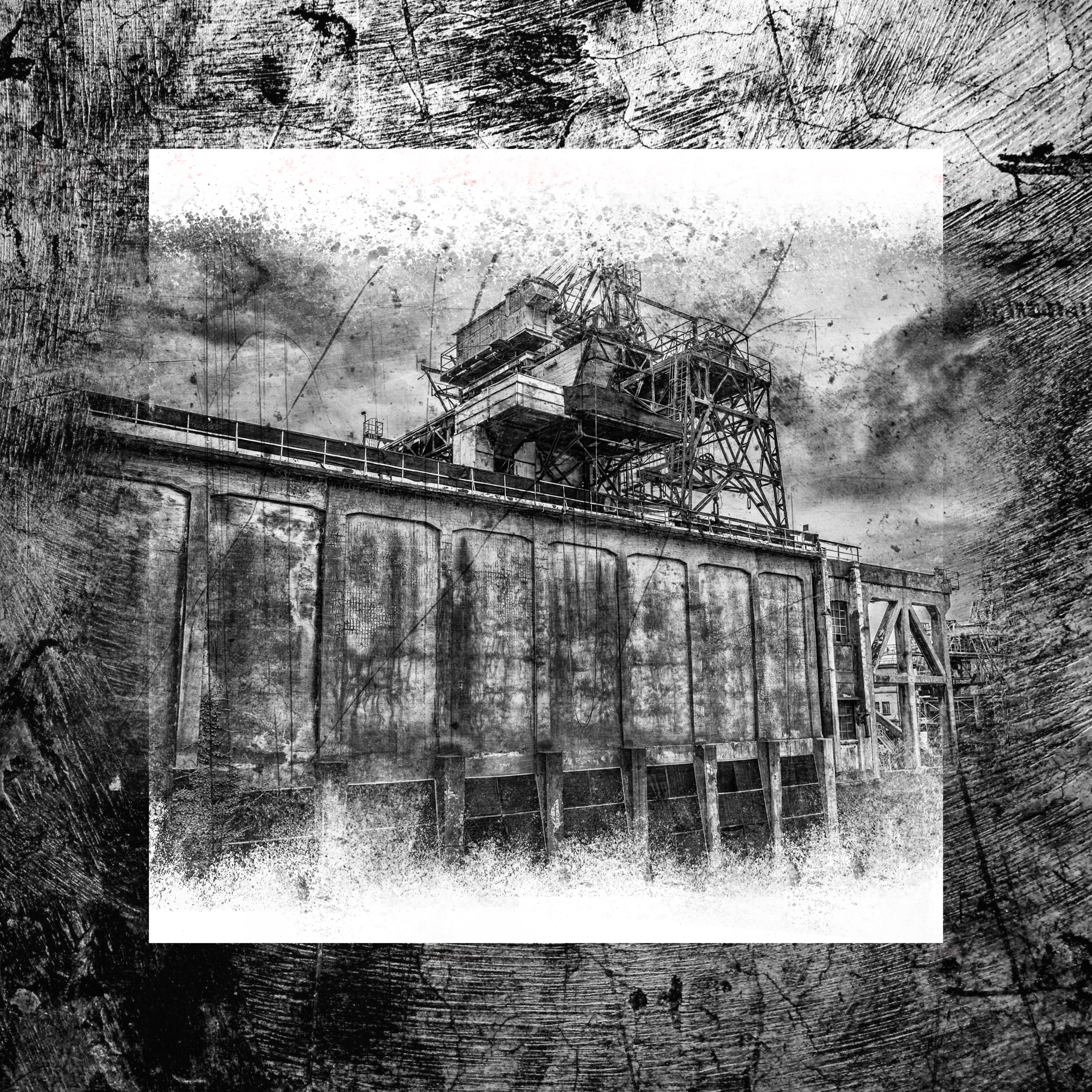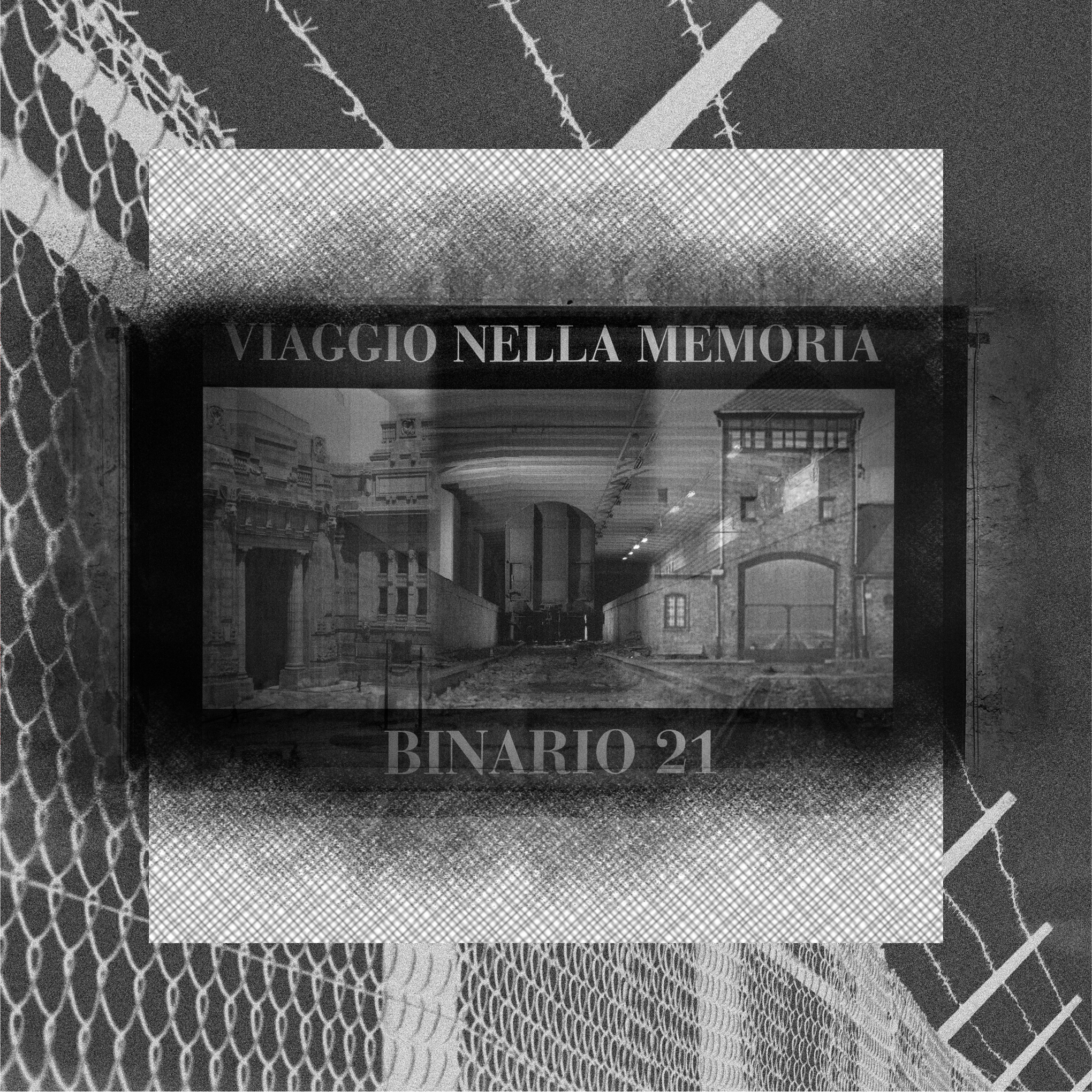L’Astrattismo è un movimento artistico che nasce nei primi anni del XX secolo, il termine indica quelle opere pittoriche e plastiche che esulano dalla rappresentazione di oggetti reali. Usa un linguaggio visuale di forme, colori e linee con lo scopo di creare una composizione che possa esistere con un grado di indipendenza dalle referenze visuali nel mondo.
La fotografia astratta è chiamata non-oggettiva, sperimentale o concettuale, è un mezzo di raffigurazione di un’immagine visiva che non ha un’associazione immediata con il mondo degli oggetti. Può isolare un frammento di una scena naturale al fine di nascondere il suo contesto intrinseco allo spettatore, può essere appositamente messa in scena per creare un aspetto apparentemente irreale di oggetti reali, o può comportare l’uso di colore, luce, ombra, consistenza e/o forma per trasmettere una sensazione o impressione.
In me ha sempre creato una certa attrazione! Metaforicamente potrei paragonarla all’attrazione che il vuoto ha nei confronti di chi soffre di vertigini. Chi si trova sull’orlo di un salto, sia pur esso di grandi o di modeste dimensioni , sente nei confronti di quel vuoto una attrazione dalla quale deve in un qualche modo difendersi. Nel mio caso, con l’astrattismo, percepisco la stessa sensazione ovvero quella di volermi “immergere” totalmente in ciò che vedo con la particolarità che ciò che mi ritorna sia qualcosa di prezioso.
In “VUOTO A RENDERE” voglio proprio dire questo: quel vuoto che l’astrattismo può ad un primo impatto provocare, in realtà ben presto si rivela un qualcosa che “rende” molto di più di ciò che ci si aspettava; fa emergere emozioni e sensazioni le quali sono e restano personali ed individuali.
Abstractionism is an artistic movement that was born in the early 20th century, the term indicates those pictorial and plastic works that go beyond the representation of real objects. He uses a visual language of shapes, colors and lines with the aim of creating a composition that can exist with a degree of independence from visual references in the world.
Abstract photography is called non-objective, experimental or conceptual, it is a means of depicting a visual image that does not have an immediate association with the world of objects. It may isolate a fragment of a natural scene in order to hide its inherent context from the viewer, it may be purposely staged to create a seemingly unreal appearance of real objects, or it may involve the use of color, light, shadow, texture and /or form to convey a sensation or impression.
It has always created a certain attraction in me! Metaphorically I could compare it to the attraction that the void has for those who suffer from vertigo. Anyone who finds themselves on the edge of a leap, be it large or modest in size, feels an attraction towards that void from which they must somehow defend themselves. In my case, with abstractionism, I perceive the same sensation, that of wanting to “immerse” myself totally in what I see with the particularity that what comes back to me is something precious.
In “VUOTO A RENDERE” I really want to say this: that emptiness that abstractionism can cause at first glance, in reality soon turns out to be something that “yields” much more than what was expected; it brings out emotions and sensations which are and remain personal and individual.



